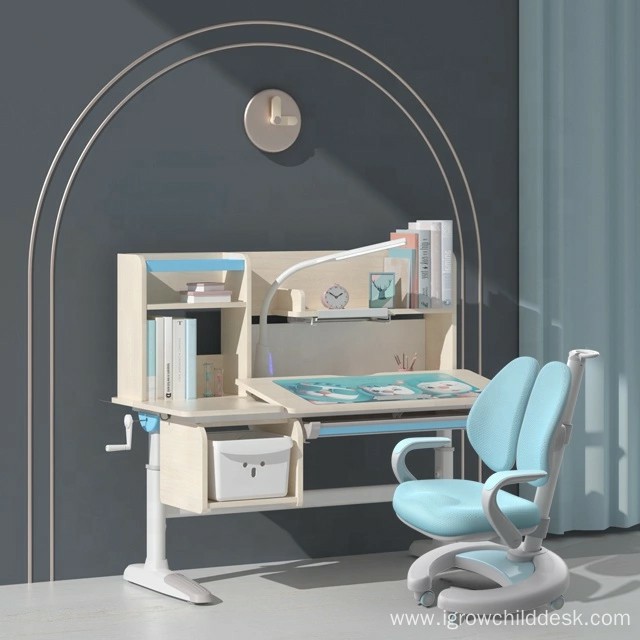**Mycoplasma ELISA Kit Instruction Manual**
This reagent is intended for research purposes only. It is designed to detect *Mycoplasma bovis* in bovine serum and plasma samples. The method employed is a double-antibody sandwich ELISA, which allows for the accurate detection of *M. bovis* antigens in biological specimens.
The principle of the assay involves coating microtiter plates with purified *M. bovis* antibodies, creating a solid-phase antibody. When the sample is added, any *Mycoplasma* present will bind to these immobilized antibodies. Unbound substances are washed away, followed by the addition of HRP-conjugated anti-*Mycoplasma* antibodies. This forms an antibody-antigen-enzyme complex. After another washing step, the substrate TMB is added, leading to a color change from blue to yellow under the action of the HRP enzyme. The absorbance at 450 nm is measured using a microplate reader, and results are interpreted based on a pre-established cutoff value to determine the presence or absence of *M. bovis*.
**Kit Components**
- 48-well configuration: 1 × 48 coated plate, 2 sealing films, 1 negative control (0.5 ml), 1 positive control (0.5 ml), 1 enzyme standard reagent (3 ml), 1 sample diluent (3 ml), 1 developer A (3 ml), 1 developer B (3 ml), 1 stop solution (3 ml), 1 concentrated wash solution (20×, 20 ml)
- 96-well configuration: 1 × 96 coated plate, 2 sealing films, 1 negative control (0.5 ml), 1 positive control (0.5 ml), 1 enzyme standard reagent (6 ml), 1 sample diluent (6 ml), 1 developer A (6 ml), 1 developer B (6 ml), 1 stop solution (6 ml), 1 concentrated wash solution (20×, 20 ml)
All components should be stored at 2–8°C.
**Sample Preparation and Handling**
1. **Serum**: Allow blood to clot at room temperature for 10–20 minutes, then centrifuge at 2000–3000 rpm for 20 minutes. Collect the supernatant carefully. If precipitates form, re-centrifuge before use.
2. **Plasma**: Use EDTA or sodium citrate as anticoagulant. Mix well and centrifuge as above.
3. **Urine**: Collect in a sterile container and centrifuge.
4. **Cell culture supernatant**: Centrifuge after collection. For intracellular components, lyse cells via freeze-thaw cycles and centrifuge again.
5. **Tissue samples**: Homogenize in PBS (pH 7.4), centrifuge, and collect supernatant. Store at 2–8°C if not used immediately.
6. **Storage**: Samples should be processed as soon as possible. If delayed, store at -20°C, avoiding repeated freezing and thawing. Note: Samples containing NaN3 cannot be tested due to HRP inhibition.
**Procedure**
1. Label all wells. Include 2 negative controls, 2 positive controls, and 1 blank control per plate.
2. Add 50 μL of negative/positive control, 40 μL of sample diluent, and 10 μL of sample to each well.
3. Incubate at 37°C for 30 minutes.
4. Prepare washing solution by diluting 30 mL of concentrated wash solution in 600 mL distilled water.
5. Wash 5 times, each time for 30 seconds.
6. Add 50 μL of HRP-labeled antibody to each well except blank.
7. Incubate again at 37°C for 30 minutes.
8. Wash as above.
9. Add 50 μL of developer A and B, incubate at 37°C for 15 minutes.
10. Add 50 μL stop solution to terminate the reaction.
11. Measure OD at 450 nm within 15 minutes.
**Result Interpretation**
- Validity: Positive control OD ≥ 1.00; Negative control OD ≤ 0.10
- Cutoff value = Average of negative control + 0.15
- Sample OD < Cutoff = Negative; OD ≥ Cutoff = Positive
For more details, download the complete manual: [Mycoplasma Enzyme Immunoassay Kit Instruction Manual.rar](#).
**About the Manufacturer**
Visit the Shanghai Kamaishu Laboratory Research Reagents Procurement Network for more products and services.
**Disclaimer**
All content provided is for informational purposes only. The China Education Equipment Purchasing Network does not guarantee the accuracy or completeness of the information. Users are encouraged to consult relevant literature and follow proper safety protocols.
[Download QR Code](#) | [Follow Us on WeChat](#) | [Visit Our Website](#)
© 2025 China Education Equipment Purchasing Network. All rights reserved.
Kid's Furniture
The height of the awesome kid furniture can change with the height of the child to achieve synchronous growth and avoid bad daily writing habits caused by the child's height difference. The adjustment of modern kid furniture is also very easy and portable. You can adjust the height of the table by turning the screws on the sides of the table.
Children are naturally active, so the safety design of kid proof furniture is essential. The overall structure of the table is designed to be sturdy and durable, and there are protective devices on the edges to ensure the safety of children. This is a furniture suitable for children.

Kids' Furniture Sets,Kid Friendly Furniture,Kid Furniture Kit,Modern Kid Furniture
Igrow Technology Co.,LTD , https://www.igrowdesks.com
